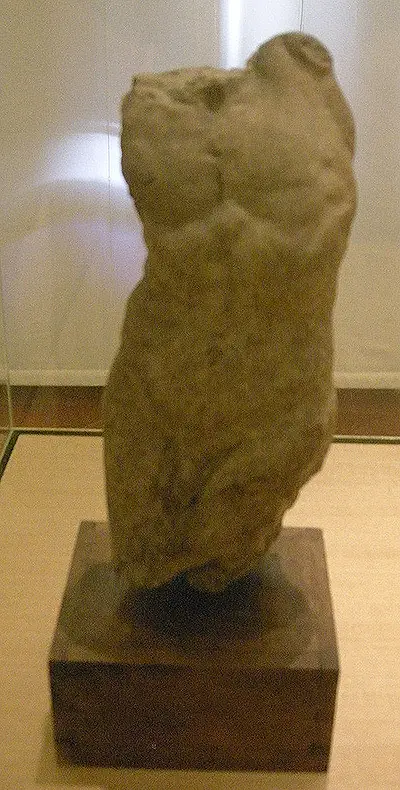The museum itself offer information on their website regarding a number of their Michelangelo artworks but these two torsos are not included there, perhaps directly due to the issues around attribution. They host a number of drawings and sculptures from his career which have been entirely accepted as his work, and so prefer to discuss those items instead. They also have a number of other impressive pieces from famous Italian Renaissance and Baroque painters and sculptors which help to expand the collection numerically, as well as adding interest for those with a wider interest in the overall period. As this stage, it is hard to really find much information about either of these items other than what is listed here, though we are confident of the dates given to both pieces, just not necessarily whether they came from the hand of Michelangelo or not.
Michelangelo is considered by most to have been one of the finest sculptors ever to have lived. For his more ambitious projects he would normally call on the services of his assistants, some of whom were notable artists in their own right. For smaller pieces such as this male torso, he would surely have worked alone and it would have been considered more of a study piece for whoever it was that actually completed it. The major names of that period would practice endlessly in order to best master their craft and a number also spread their talents across different mediums and materials, meaning they would have to have spent even more time working on their technical understanding in order to continue to work at such a high level. Michelangelo himself remains one of the most famous artists of all time, even though so many others have appeared in the many centuries that have passed since.
You may be interested to see the likes of Madonna of the Stairs and Battle of the Centaurs by Michelangelo, as well as Artemisia Gentileschi's Allegory of Inclination which are all on display at the Casa Buonarroti and are considered by most to be the highlights to be found at this venue. Despite the large number of competing forces within the Florentine tourist industry, the museum still manages to achieve a good number of visitors each and every year. The name of this old master will likely never lose its appeal, and even those with a fleeting interest in art will be aware of some of his career highlights and of his importance within the overall realm of European art history. There are also research projects carried out within the institution as part of its ongoing plans to uncover even more about the life of Michelangelo and they publish their findings in line with the museum's written output.


